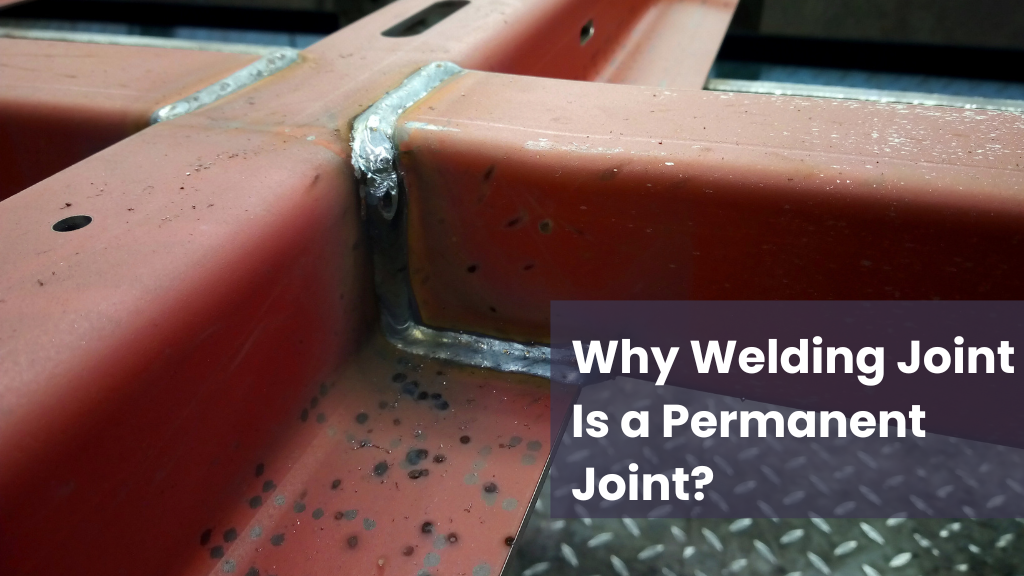Because the process of fusion, in which the heat generated by the welding torch melts the metal components and causes them to fuse together, creates a bond that is stronger than the individual components. This makes the joint permanent and unable to be easily separated. The strength of the welded joint also depends on the type of welding process used and the skill of the welder.
Permanent Joints
Permanent joints are preferred when the load is high and durability is critical. Some benefits include high load bearing capacity, higher yield strength of the combined structure, and better stress distribution through the material. There is also a lower possibility of the parts separating.
190 Cases
Considered
180 Hours of Research
32 Experts Interviewed
250 Studies
Analyzed

The main disadvantage, of course, is that the joint must be broken if any changes are required, and installation can be difficult at times, requiring complicated instruments, shields, and so on. Welding and riveting are the two most common types of permanent joints.
Welded Joint
Metals can generally be joined using the welding technique – although there are some exceptions, almost any metal material (aluminium, carbon steel, stainless steel, tungsten) has a welding-compatible variation.
Welding is a type of permanent joint in which metals are melted (at high temperatures) and a weld pool, which is nothing more than a puddle of molten metal, is formed with the help of a filler material.
The joint is made permanent by lowering the temperature of the work piece to room temperature. There are various types of welding, such as arc welding, gas welding, and resistance welding. Although the principle is the same, the method of achieving the joint is not.

Welding has the advantage of being strong, durable, and capable of withstanding high stress values. It can also be used to join dissimilar metals.
However, it should be noted that the welded region’s strength is significantly lower than that of the metal. The yield point of the melted and cooled material is approximately 50-60% of the yield point of the metal “unmelted.”
Joint Riveted
A riveted joint is a permanent joint that fastens two materials together with rivets. A rivet is a symmetrical structure with a hemispherical head on one side and a cylindrical shaft on the other.

The riveted joints, which are made of aluminium alloys, steel, or CRES, and other special metals such as titanium, nickel, and so on, have a wide range of applications ranging from aircraft bodies to high pressure boilers.
The simplest riveting process is as follows: the rivet is inserted into a pre-drilled hole of the same diameter, and the other end is ‘upset,’ or deformed to a diameter 1.5 times greater than the original diameter.
More than one rivet is always used to fasten the materials in riveted joints, and they are always positioned in a specific array that is either parallel to each other or runs in a zigzag pattern. Riveted joints are strong and can withstand high stress (particularly in shear), but they can also fail with a high-tension force.
Frequently Asked Questions
Is It A Permanent Joint?
Definitely. Because welding is a permanent joint, it is impossible to disassemble the welded parts without partially destroying them. Another permanent joint is the riveting joint, whereas fasteners, cotter joints, knuckle joints, and so on are temporary joints.
What Exactly Is Coalescence Formation?
Coalescence is defined as the process of combining two or more droplets or particles to form a larger one. Welding requires the base materials to be melted or fused locally (except for solid-state welding processes).
While welding, molten materials mix to form a pool, which cools to form a solid bead. This is referred to as weld bead or coalescence formation. It should be noted that no coalescence is formed in any welding process in which no base material is melted (solid-state welding processes).
What Is Meant By ‘With Or Without The Use Of External Pressure, Heat, Or Filler Material’?
There are numerous welding techniques available, some of which require external filler material, heat, and/or pressure. Some welding processes require only one of these three external items, while others require all three (usually, heat and pressure are used alternatively). The use of all three external items is only required in extreme cases.